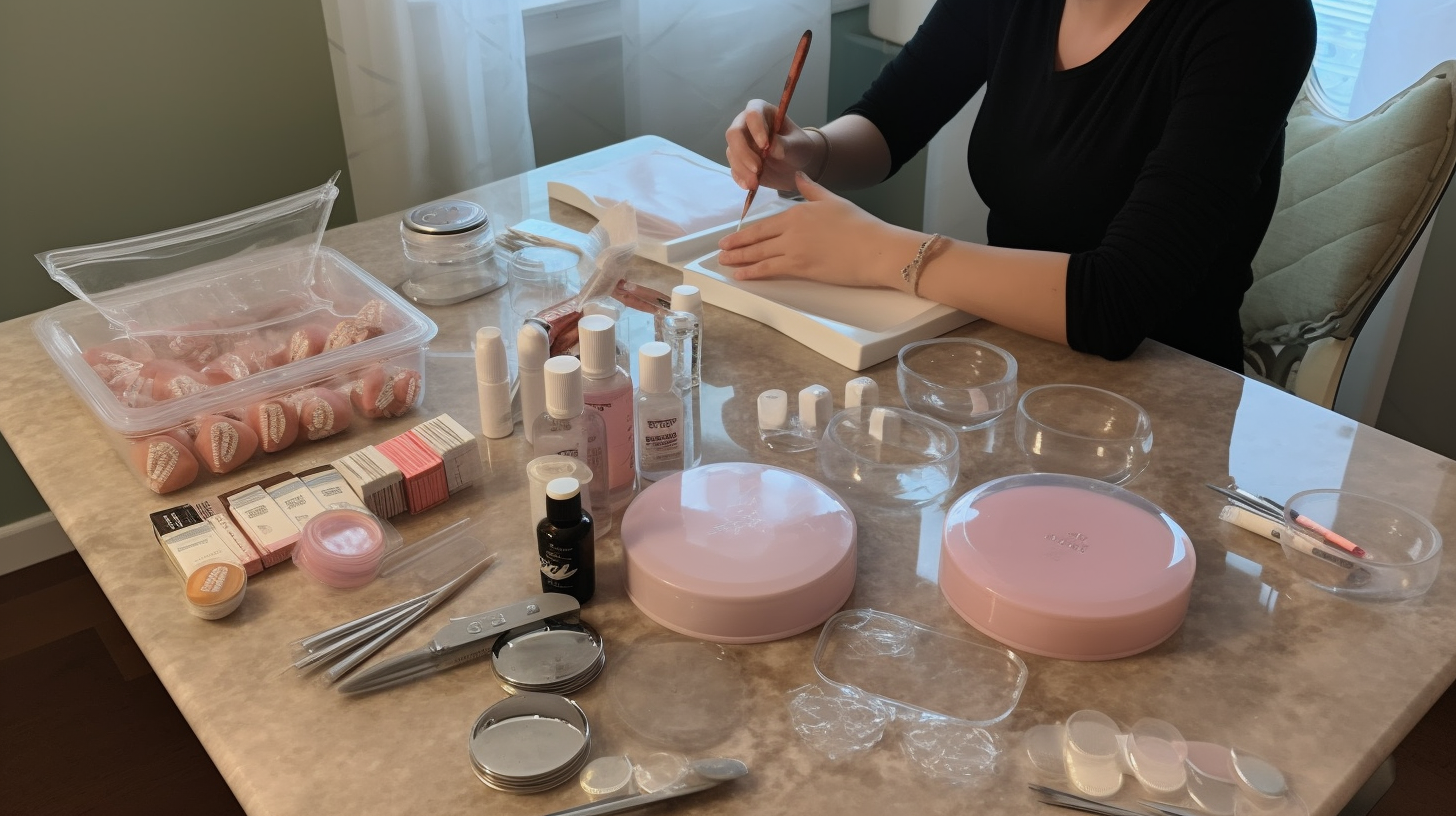Nail File Vs. Emery Board: Understanding the Key Differences
When it comes to nail care, there are a variety of tools available to help you get the perfect manicure or pedicure. Two of the most commonly used tools are nail files and emery boards, but many people don’t know the difference between them. In this article, we will explore the key differences between a nail file and an emery board, their unique features, materials, and how they impact your nail grooming experience.
The Basics: What is a Nail File and an Emery Board?
A nail file is a tool made of metal or glass that is used to shape and smooth the edges of your nails. It typically has a rough surface that can be used to buff away rough edges or reshape your nails. A nail file can come in various shapes and sizes, such as rectangular or curved, depending on your preference.
An emery board is a type of nail file that is made from cardboard or foam with an abrasive surface made from crushed minerals like emery or corundum. Like a traditional nail file, an emery board is used to shape and smooth the edges of your nails.
Key Differences Between Nail Files and Emery Boards
One of the key differences between these two tools is their material. As mentioned earlier, a nail file can be made from metal or glass while an emery board is typically made from cardboard or foam with an abrasive surface made from crushed minerals.
Another difference between these two tools lies in their level of abrasiveness. An emery board tends to have a coarser surface compared to a nail file. This means that it can remove more material from your nails at once compared to a traditional nail file. However, this also means that an emery board may be too harsh for those with thin or brittle nails.
The shape and size of these two tools can also differ. A nail file can come in various shapes and sizes, such as rectangular, oval, or curved, depending on your preference. An emery board is typically rectangular and comes in a standard size.
Which Tool Should You Use?
Deciding which tool to use ultimately depends on your personal preference and the state of your nails. If you have thick or strong nails that require more shaping and smoothing, then a nail file may be the better option for you. However, if you have thin or brittle nails that require gentler treatment, then an emery board may be a better option.
If you are unsure which tool to use, it is always best to start with the gentler option and work your way up from there. You can also consult with a nail care professional for personalized recommendations based on your specific needs.
Tips for Using Nail Files and Emery Boards
When using either tool, it is essential to take proper precautions to avoid damaging your nails. Here are some tips to keep in mind:
- Always file in one direction instead of back-and-forth motions, as this can cause splitting and peeling of the nail.
- File gently to avoid causing damage or weakening the nail.
- Use a gentle touch when filing near the cuticle area to avoid damaging the skin.
- Clean your tools regularly with soap and water or rubbing alcohol to prevent bacteria buildup.
The Bottom Line
In conclusion, both nail files and emery boards serve similar purposes in terms of shaping and smoothing your nails. However, they differ in their materials, level of abrasiveness, shape, and size. When choosing which tool to use, it is essential to consider the state of your nails and your personal preference. Remember to use proper techniques and precautions when filing your nails to avoid causing damage or weakening them. By following these tips, you can achieve a perfectly groomed manicure or pedicure every time.




